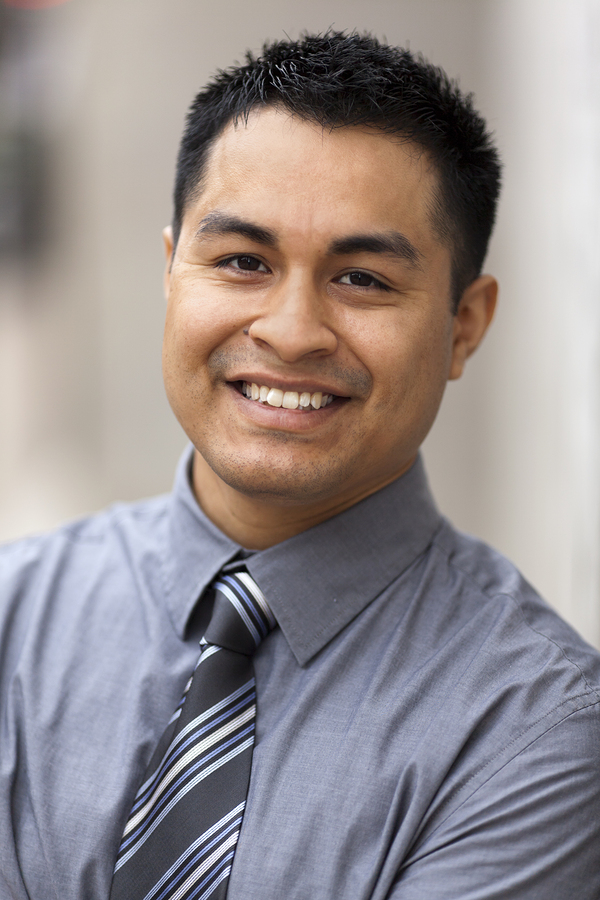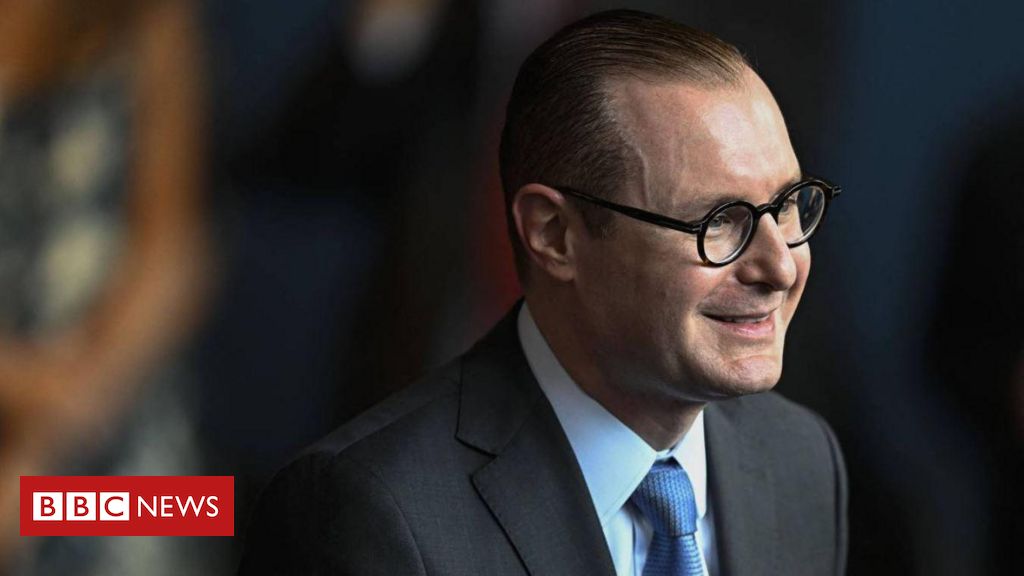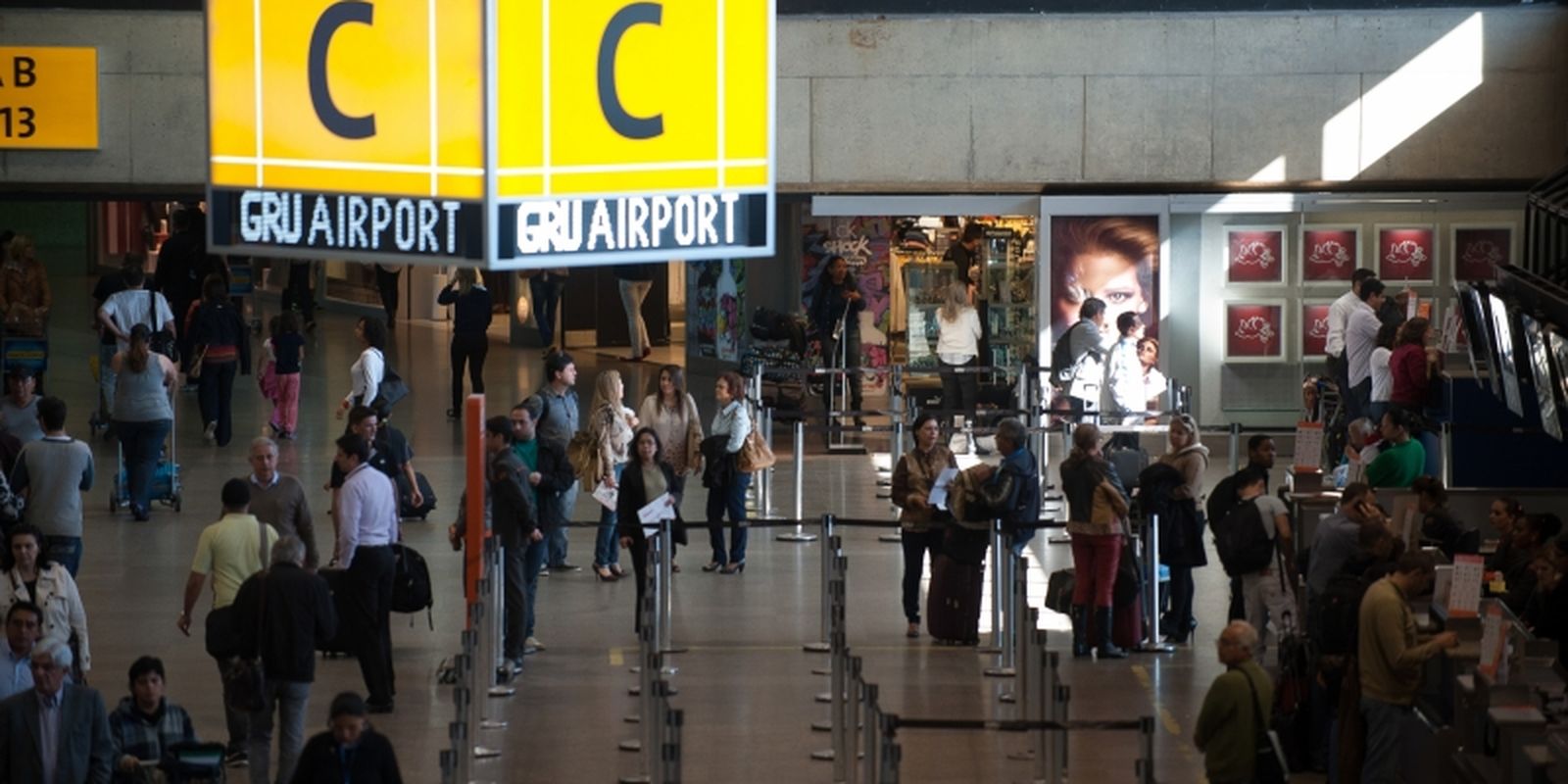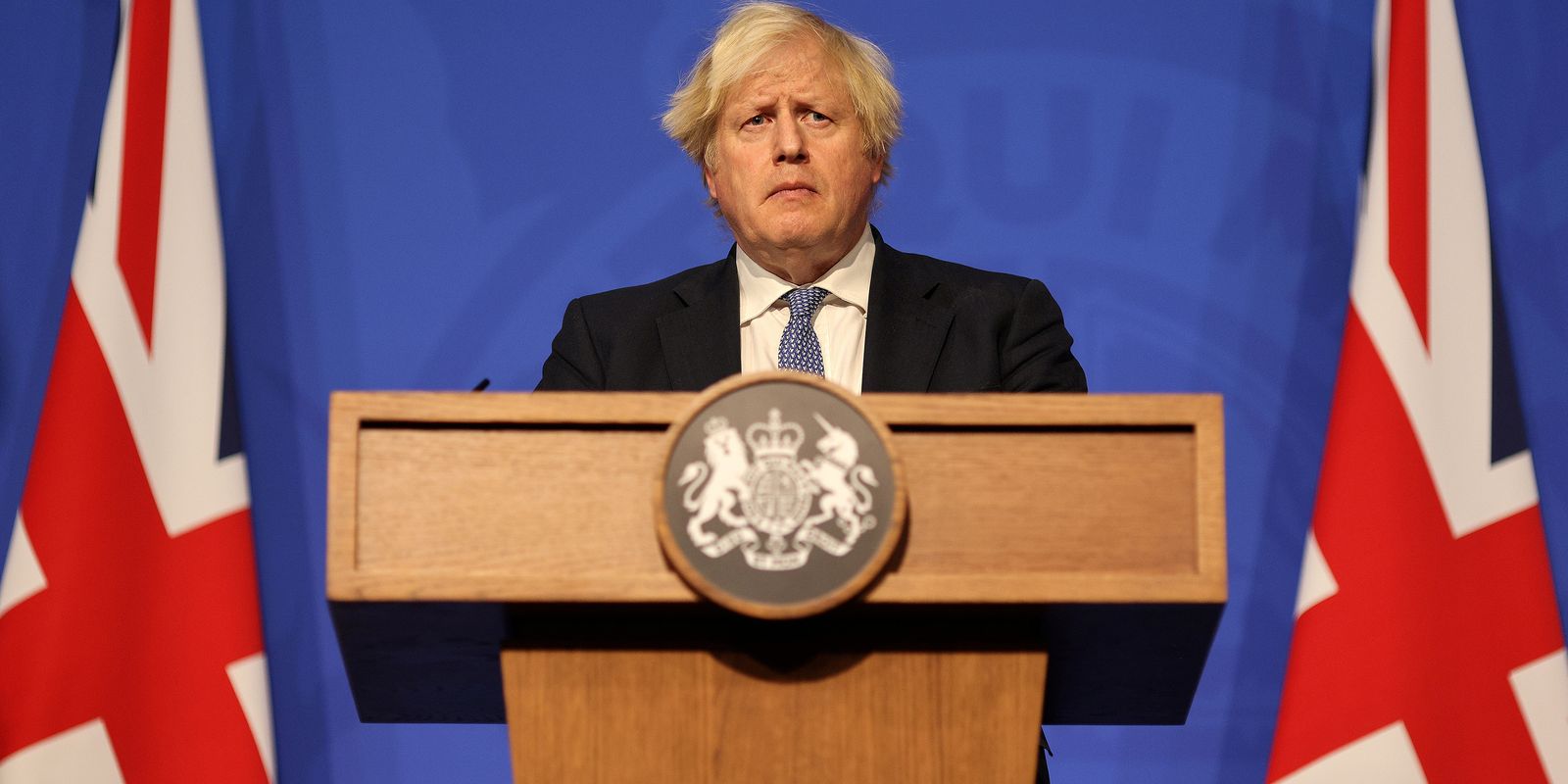Credit, Mauro Pimentel/AFP
Cristiano Zanin was Lula’s lawyer in Lava Jato
The appointment of the lawyer, signed by President Lula, was published this Thursday in a special edition of the Official Journal.
Since the appointment was considered, it has started to generate controversy and reignited debates over the process of selecting the ministers who make up the country’s highest court.
“I was already expected to point Zanin to the STF, not just for my defense but because I believe he will become a great Supreme Court minister. I know his qualities, his background, his background and his skill. And I think Brazil will be proud,” Lula wrote on his Twitter profile.
Earlier, Senate President Rodrigo Pacheco (PSD-MG) confirmed to the press that Lula had chosen Zanin for the vacant position.
“I met Cristiano Zanin yesterday. He will be appointed by the President of the Republic to the post of Minister of the Federal Court (STF)”, declared the President of the Senate.
According to Pacheco, the nomination is still expected to come to the Senate this Thursday for consideration.
Since Lewandowski left the STF in early April, the tribunal has 10 members instead of 11.
Lula met Zanin on Wednesday evening (5/31), at the Planalto Palace.
The lawyer defended Lula in Operation Lava Jato and the two grew even closer when the president was arrested.
Zanin is married to Valeska Teixeira Zanin Martins, the petista’s goddaughter.
As provided for in the Constitution, he will be questioned by the senators and, if his choice is approved by an absolute majority, he will be sworn in as Minister of the STF.
Members of the Supreme Court must be “Brazilian by birth”, be over 35 and under 75, in addition to “notable legal knowledge” and an “unblemished reputation”. They are appointed by the President of the Republic. And there is no mandate: Ministers must resign when they reach 75.
In this sense, the selection process is essentially political and mirrors that of the US Constitution, which established the three powers and the so-called system of checks and balances.
In theory, the objective is to avoid the abuse of one power over the other, based on the integrated participation of the Executive and Legislative powers – those who defend such a process claim that it is democratic, since the President and senators are directly elected by the people.
The argument of experts who criticize this system is that it could lead to a politicization of the Supreme Court. The improvements, according to them, would go through the creation of mandates and rules broadening the sources of naming names, without concentrating the decision on the President of the Republic.
There are over 20 proposed amendments to the Constitution (PEC) to change it.
Check below how the Supreme Court selection process works in other countries.
These courts are usually the last court of appeal for civil and criminal cases and hear cases of great public importance.
Credit, FABIO RODRIGUES-POZZEBOM/BRAZIL AGENCY
Since Lewandowski left the STF in early April, the tribunal has 10 members instead of 11.
Germany
The German Supreme Court, the Constitutional Court, is composed of 16 members, divided into two councils of the same hierarchy, of eight members each.
They are chosen by election, for a term of 12 years, re-election being prohibited.
Half of the members are appointed by the Bundestag (German Parliament) and the other half by the Federal Council of the Bundesrat, with a two-thirds majority in both cases.
Among the conditions required to be appointed are “the full exercise of the political rights required for access to the Legislative and those relating to entry into the magistracy, in addition to a minimum age of forty years and a maximum of sixty-eight years”, underlined Roberto da Silva Ribeiro, Legislative Councilor of the Senate and researcher, in study published in 2015.
Argentina
The Supreme Court of Argentina, the Supreme Court of Justice of the Argentine Nation, is made up of five members.
The selection process is similar to that of Brazil. Its members are appointed by the President of the Republic and approved by the Senate, by a majority of at least two thirds.
To be appointed to the court, a minimum age of 30 is required, an unblemished reputation and at least eight years’ experience as a lawyer.
Although, as in Brazil, it is up to the president of Argentina to appoint the members of the court and this choice must be approved by the Senate, under the government of former president Nestor Kirchner (2003-2007), mechanisms have been put in place to provide greater transparency and facilitate popular participation in choice.
For example: when a vacancy is declared open, there is a 15-day period for any interested citizens, NGOs, professional associations, academics and human rights entities, to send considerations on the candidates to the tribunal .
In addition, the people chosen must reflect “diversities of gender, specialty and regional origin within the ideal framework of representation of a federal country”.
Last year, in a controversial move criticized by legal scholars, Argentina’s Senate approved a bill to expand the composition of the country’s Supreme Court from the current five members to 15.
The move is backed by President Alberto Fernández’s ruling coalition and could benefit his deputy, Cristina Kirchner, who faces corruption allegations when she headed Argentina’s executive branch.
Canada
The Supreme Court of Canada is composed of nine members, appointed by the Governor General, including at least three judges from the province of Quebec.
Candidates can be members of the highest courts in the land or lawyers with at least ten years of forensic practice.
There is no minimum age required, but they must retire at 75, like in Brazil.
Spain
Twelve members make up the Constitutional Court of Spain.
They are appointed by royal decree for a term of nine years.
Of this total, four judges are appointed by Congress, four by the Senate, two by the government and two by the General Council of the Judiciary.
Only Spanish citizens who are members of the judiciary or public ministry, lawyers, university professors or civil servants with more than fifteen years of professional practice in the legal field can be nominated.
WE
The United States Supreme Court selection process inspired the Brazilian.
Nine judges make up the Supreme Court of this country; they are chosen by the president and appointed by him after approval by the Senate, by simple majority.
There are no minimum and maximum age limits, mandatory retirement, or ability requirements other than U.S. citizenship.
Judges are appointed for life or may choose to retire.
As in Brazil, this system repeatedly triggers political battles for the succession of its members.
This is what happened, for example, after the death of Judge Ruth Bader Ginsburg. She died of cancer in September 2020, just months before former Republican President Donald Trump’s term in office ended.
Icon of the fight for women’s rights, Ginsburg was then the oldest member of the Supreme Court of the United States.
She served for 27 years and was considered part of the more liberal wing of the court.
Democratic opponents tried, unsuccessfully, to prevent Trump from appointing a conservative judge to replace Ginsberg, Amy Coney Barrett.
France
The French Supreme, the “Constitutional Council”, is composed of nine members, chosen by the French Parliament and the executive power, for a nine-year term, re-election prohibited.
In addition, former Presidents of the Republic are members of the Court as natural members for life.
Of the nine non-life members, three are appointed by the President of the Republic, three by the President of the National Assembly and three by the President of the Senate.
However, according to French law, a third of the seats of the Court must be renewed every three years.
There are no skill or age requirements.
Italy
Fifteen members make up the Constitutional Court of Italy, one third of whom are appointed by the Italian Parliament, one third by the President of the Republic and one third by the country’s superior courts, for a non-renewable term of nine years.
According to Italian law, the members of the Court must be chosen among magistrates of the ordinary or administrative superior jurisdiction, lawyers and university professors with at least 25 years of professional practice, with no minimum and maximum age limit. ‘exercise.
Portugal
The Constitutional Court of Portugal is composed of 13 judges, ten of whom are elected by the Assembly of the Republic (Portuguese Parliament) and three chosen by the Court itself, for a term of nine years, renewal being prohibited.
Of the 13 members, at least six must be chosen from among judges from other Portuguese jurisdictions. The others are lawyers.
There is no minimum and maximum age or mandatory retirement.
UNITED KINGDOM
The Supreme Court of the United Kingdom is made up of 12 members.
The court selection process changed in 2005 with the enactment of the Constitutional Reform Act.
According to this law, whenever there is an opening for a vacancy in the British Supreme, an independent selection committee must be formed.
This committee includes the Chief Justice of the High Court, another senior UK judge (who is not a High Court judge) and a member of the Judicial Appointments Commission for England and the Country of Wales, the Judicial Appointments Council for Scotland and finally the Judicial Appointments Commission. Northern Ireland Commission.
England, Wales, Scotland and Northern Ireland form the United Kingdom.
Any citizen can apply for this position, provided they meet the following conditions: have held senior judicial positions for at least 2 years or be a qualified legal professional for at least 15 years.
Retirement is compulsory at age 75.
Venezuela
Until April 2022, the Supreme Court of Justice of Venezuela consisted of 32 judges, but their number has been reduced to 20.
Its members must be Venezuelans by birth, without any other nationality, and lawyers with recognized experience.
The choice falls to the National Assembly (Venezuelan Parliament), after a competition for the nomination and evaluation of candidates for a 12-year term.
In 1999, after the Constitution was approved by the newly elected National Assembly with a Chavista majority, the then Venezuelan Supreme Court and a new court were formed. Then-president of the court, Cecilia Sosa, resigned and denounced what she called the end of the rule of law.
Currently, the Venezuelan Supreme has partial recognition and is competing with the “Supreme Court of Justice in Exile” following the presidential crisis that began in 2019, with the country and the world divided in favor of the current president. , Nicolás Maduro, and his political rival at the time, Juan Guaidó.
The “Supreme Court of Justice in Exile” is made up of 33 judges sworn in in July 2017 by the National Assembly during Venezuela’s institutional crisis and wave of protests that year, replacing those appointed in 2015.
These magistrates live in five countries: Panama, Chile, Colombia, Spain and the United States, meeting weekly.

“Freelance communicator. Hardcore web practitioner. Entrepreneur. Total student. Beer ninja.”







